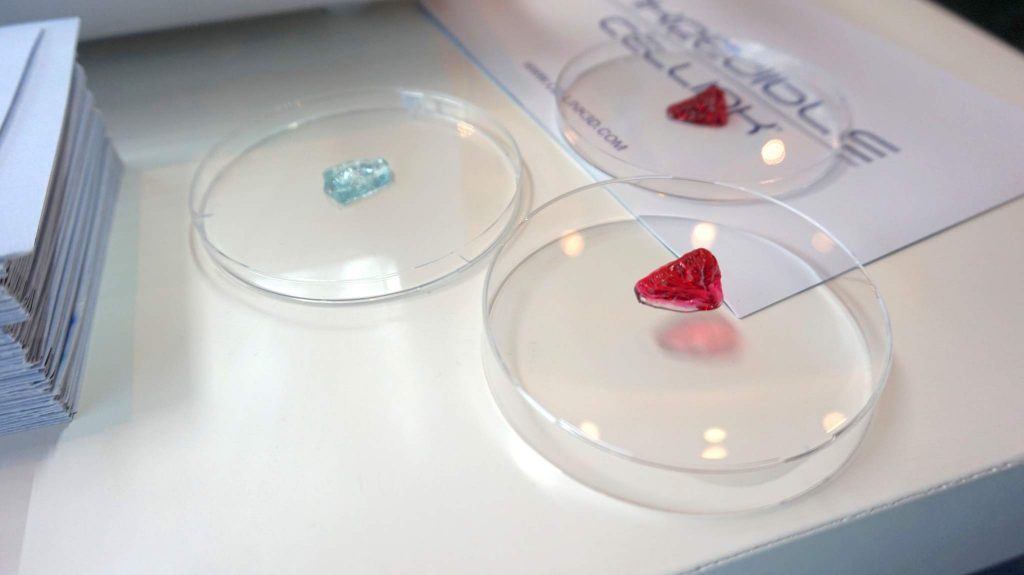Swedish 3D bioprinter provider CELLINK has released details of a partnership with French regenerative medicine research and development company CTI BIOTECH.
A fully licensed human tissue biobank, CTI BIOTECH is using CELLINK 3D bioprinters to create tumorous tissue models in-lab, and investigate new therapies for patients with cancer.
Professor Colin McGuckin, Founder of CTI BIOTECH, said, “We are proud to partner with CELLINK to advance our 3D Printing technologies in cancer personalized medicine.”
Tour of the BIO X 3D bioprinter, as used in CTI BIOTECH research. CLip via CELLINK 3D on YouTube.
Understanding cancer on a cellular level
It has been almost a year since CELLINK announced the launch of its latest 3D bioprinter – the BIO X. Now installed in CTI BIOTECH’s lab, the BIO X will work with cells extracted from tissue samples of cancer patients tumors.
Combined with a supportive material, i.e. a hydrogel, these cells will be 3D printed into live replica tumors that can be used to test response to new treatments.
It is hoped that the models will be able to reduce the costly 40%+ attrition rate of pre-clinical drug screenings. According to Professor McGuckin, “Cancer therapies have been severely limited by our understanding of how the cancer grows in 3D tumors.”
3D bioprinting and cancer
A number of international research institutions, including the Indian Institute of Technology Hyderabad and KU Leuven have been evaluating the value of 3D bioprinting for cancer research in recent years.
The Wake Forest Institute for Regenerative Medicine (WFIRM) is using its body-on-a-chip device to test new drugs for the disease, and even NASA has taken 3D bioprinters in space to test the fabrication of cancer tissue models.

Better treatments for unpredictable diseases
Erik Gatenholm, co-founder and CEO of CELLINK comments, “We are always excited when our technologies are used to accelerate research and enable new advancements,”
“The oncology research field is one of the major focus areas for us and we see a strong benefit of using our bioprinting platform to develop better and more realistic cancer tissue models so that we can develop better treatments.”
In November 2017, CELLINK also received €350,000 ($417,889 USD) from the European Union’s Horizon 2020 initiative. Together with 5 other partners, CELLINK will be working on the SilkFUSION project to genetically engineer platelets for “transfusion and drug research.”
Stay up to date with all the latest 3D bioprinting developments at 3D Printing Industry on Twitter and Facebook. Subscribe to our regular newsletter here.
Did this research or the teams involved catch your eye? Make sure they get recognized in the second annual 3D Printing Industry and nominate them here.
Featured image shows a sample 3D bioprinted ear model. Photo via CELLINK



